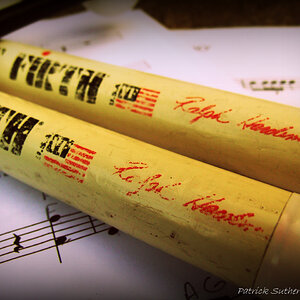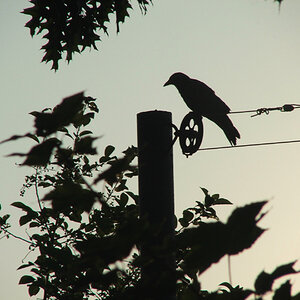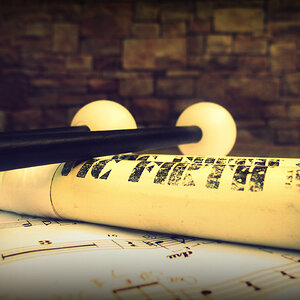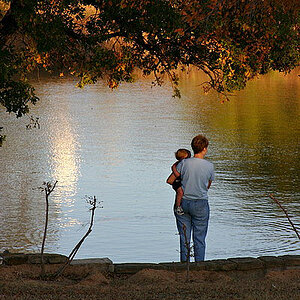Axel
TPF Noob!
I have taken a few pictures with a tripod and with an ISO 100 film. Some of these are manually focused, others automatically.
However, I wonder why they don't have that crisp, clear colors and the clear focus? I am aware of the fact that I should have taken the pictures at dusk instead so more of the surroundings would come out. That can be fixed easily by taking more of the same another day. But the focus is horrible. Some of them are taking with high exposure speed and other with low. But none turns out good IMO! :cry:
It should be said that the film MAY be old. Since I got the rolls for free, I don't know if htey are outdated. But that shouldn't affect the focus and the crispness, right? I mean the colors would be affected if that was the case...
OK, here we go:
1.

2.

3.

4.

5.

#5 is simply horrible! I don't understand why the colors and the focus is so horrible! Do I have to give up photography or is there a solution?
Thank y'all!
However, I wonder why they don't have that crisp, clear colors and the clear focus? I am aware of the fact that I should have taken the pictures at dusk instead so more of the surroundings would come out. That can be fixed easily by taking more of the same another day. But the focus is horrible. Some of them are taking with high exposure speed and other with low. But none turns out good IMO! :cry:
It should be said that the film MAY be old. Since I got the rolls for free, I don't know if htey are outdated. But that shouldn't affect the focus and the crispness, right? I mean the colors would be affected if that was the case...
OK, here we go:
1.

2.

3.

4.

5.

#5 is simply horrible! I don't understand why the colors and the focus is so horrible! Do I have to give up photography or is there a solution?
Thank y'all!



![[No title]](/data/xfmg/thumbnail/31/31978-02cde49248ebdf1b82fba5c899e08378.jpg?1619735136)
![[No title]](/data/xfmg/thumbnail/31/31980-e5048a424621c7b3cd0d306d63c09d67.jpg?1619735137)
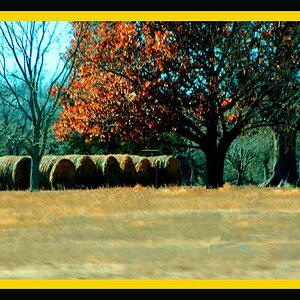
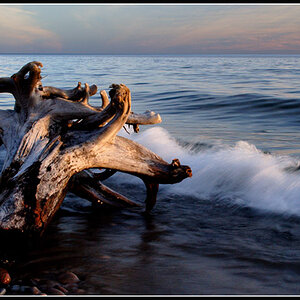
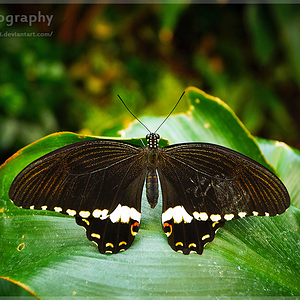
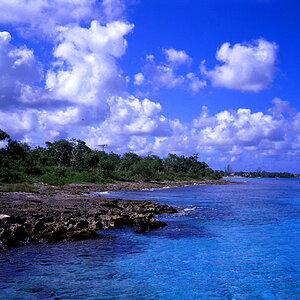
![[No title]](/data/xfmg/thumbnail/34/34065-43f99c081a04bd087c00711d2fe010ee.jpg?1619736261)
